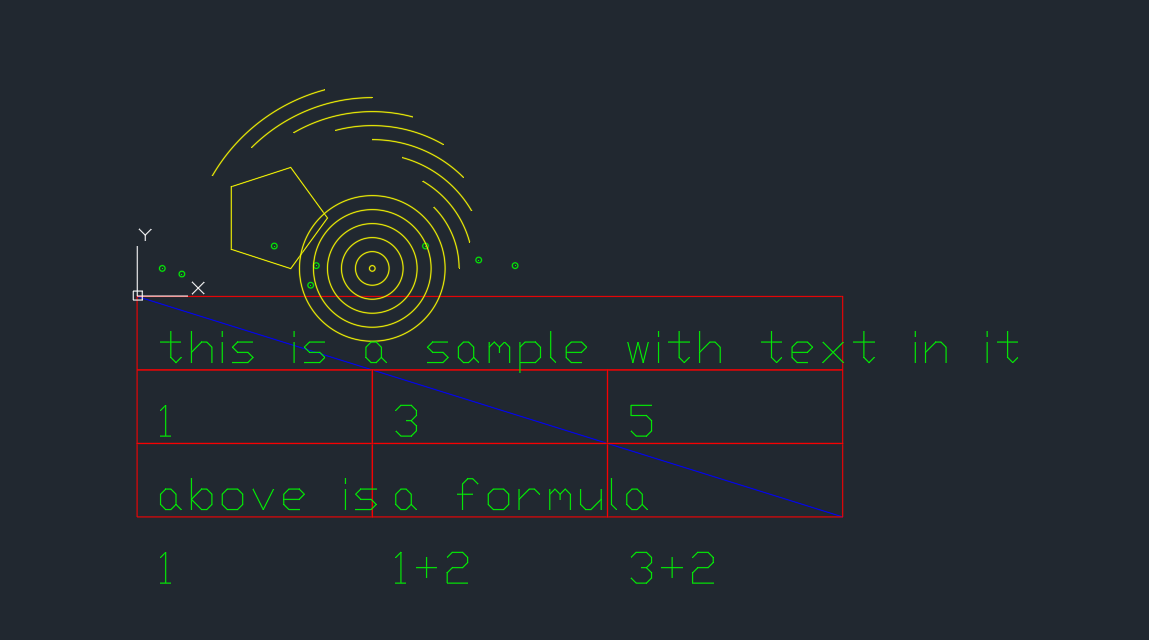Excel Mastery: Crush Your Spreadsheets Like a Pro! – Part 3.1 Formatting Data in Excel
Excel Mastery: Crush Your Spreadsheets Like a Pro!
Part 3.1
Formatting text, numbers, and cells
Excel is a program that many of us have a love-hate relationship with. We love the convenience of organizing and manipulating data with the click of a button, but we hate the headache that comes with formatting that same data. So, let’s tackle one of the most common formatting issues in Excel: formatting text, numbers, and cells.
Text
First, let's talk about text. We all know that Excel is not the most forgiving when it comes to long text entries. Sometimes, you're typing away, and all of a sudden, the text disappears off the edge of the cell. Where did it go? Did it just vanish into the Excel abyss? Fear not. There is a simple solution. Just click on the cell with the offending text, and then click on the "Wrap Text" button in the "Alignment" section of the Home tab. Voila! Your text is now contained within the cell, and not floating off into oblivion.
Why does it do this? Well, Excel assumes that you want all your text to be in that cell, on that line. If the adjacent cell has something in it, then the second cell will take priority, covering up the data in the first cell. That is why sometimes your data will be cut off by other cells. You can fix this by using the method above, or you can resize the column of the first cell to make it longer. To do this, go to the divider between the two column letters and click-and-drag the divider away from the first column. This will widen the column and allow the cell more room to show its text.
 Numbers
Numbers
Now, let's move on to numbers. Ah, numbers. They're just digits, right? How hard can it be to format them? Well, let me tell you, Excel can be quite finicky when it comes to number formatting. Do you want your numbers to have commas? Decimals? Currency symbols? Scientific notation? It can be overwhelming. But fear not, my friend (again). Excel has a built-in solution for this. Just right-click on the cell you want to format, select "Format Cells," and then choose the "Number" tab. From there, you can choose from a variety of formats to make your numbers look their best.
Cells
Finally, let's talk about cells. This may seem like a no-brainer, but you'd be surprised at how often people overlook cell formatting. You can change the font size, font color, fill color, and even add borders to your cells (like we covered in the previous portion - Getting Started with Microsoft Excel). This can make a big difference in how your data is presented. Do you want your cells to look like a rainbow exploded all over them? You got it. Do you want them to be boring and gray? That's an option too. It's all up to you, my friend.
Home Tab
Font
To change this simply look at the Home tab. Inside the Home tab you will see Font and Alignment. The font for the cell (or the say the text looks) is set to ‘Calibri’ by default. This can be changed to anything you want, just like in word or any other text editor. The same for the font size (default of 11).
Something neat with Excel is the Font Up and Font Down. You can change the size of the font up or down one scale by clicking the ‘A’ and arrow over which directing you want to go with the size. This is nice, and more programs need to have this!
Cell Background
Next is the background cell color and the font color. The font color is the easiest and we will not cover that much. Select the text you want to change the color of and click the ‘A’ with the colored line under it. Select a new color and the text will change to that color.
The background cell color is the fun one, and can be changed with the paint bucket tool. Select whichever color you like and the current selected cells background will change to that color. It is also handy to change this to white to remove any gridlines that you do not want to see. If you want to show the grid lines again, change the background color to ‘No Fill’.
Boarders
Want to add some boarders? You can do that by clicking the small grid image under the ‘B’ for bold in the Home > Font section. Click around and with that tool and see what each of the boarders do. You will quickly figure it out as it is more of a visual learning experience. Trust me, if I tried to explain it in text you and I both would be completely confused by the end of it.
 Conclusion
Conclusion
So there you have it, folks. Formatting data in Excel doesn't have to be a headache. With a little bit of know-how and some creativity, you can make your data look amazing. And if all else fails, just remember that you can always blame Excel for any formatting mishaps. After all, it's just a computer program, right?
























